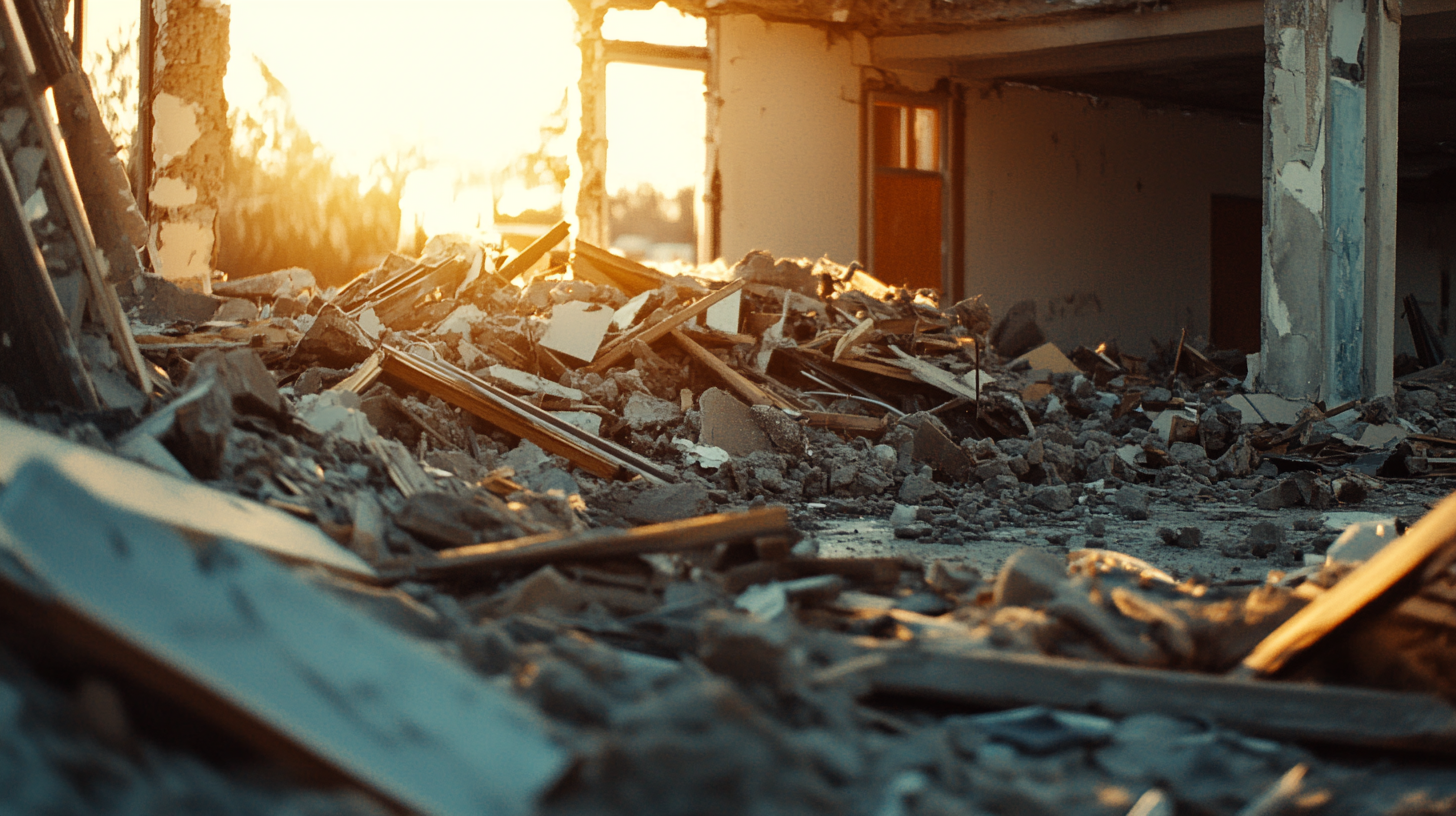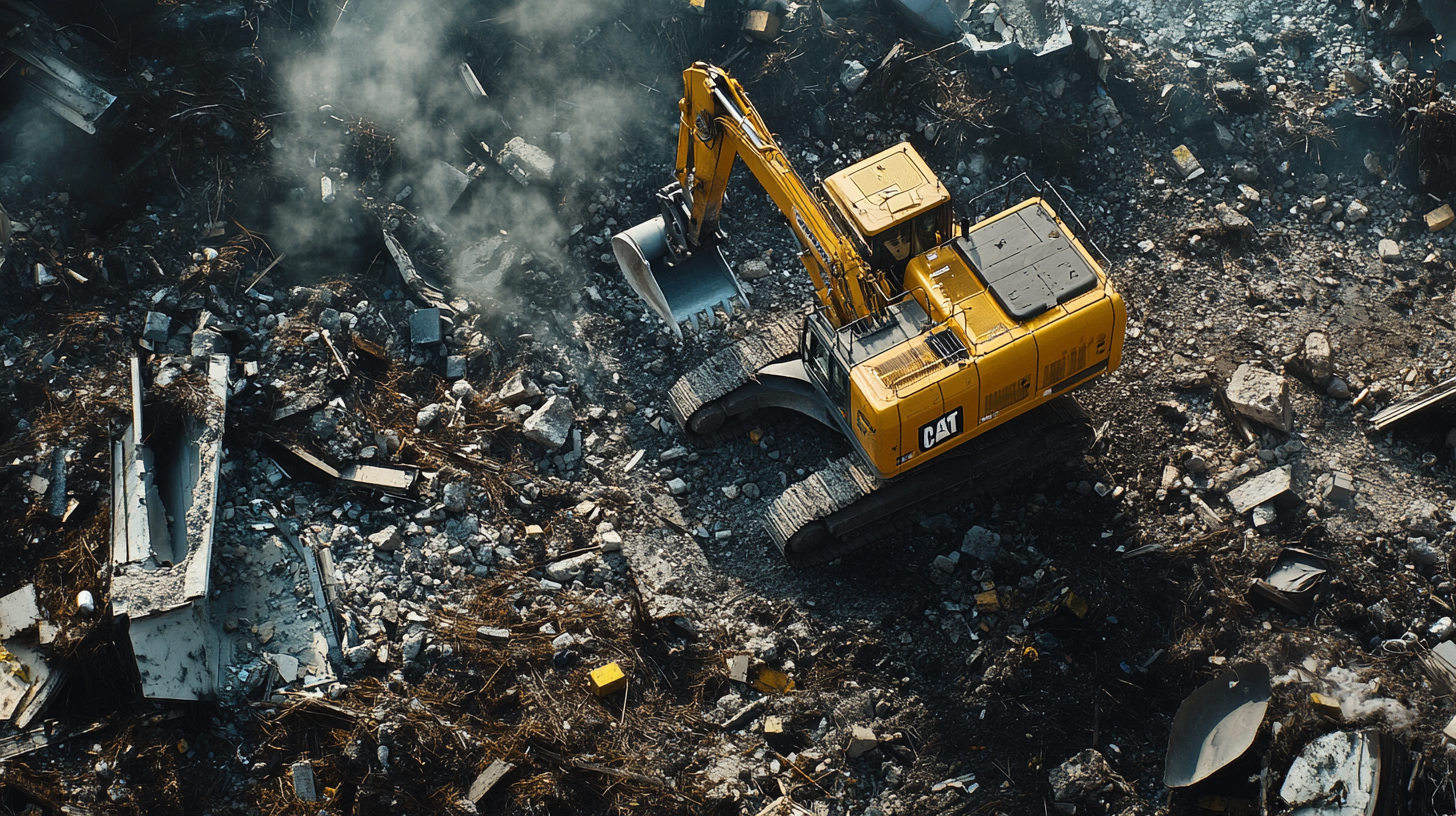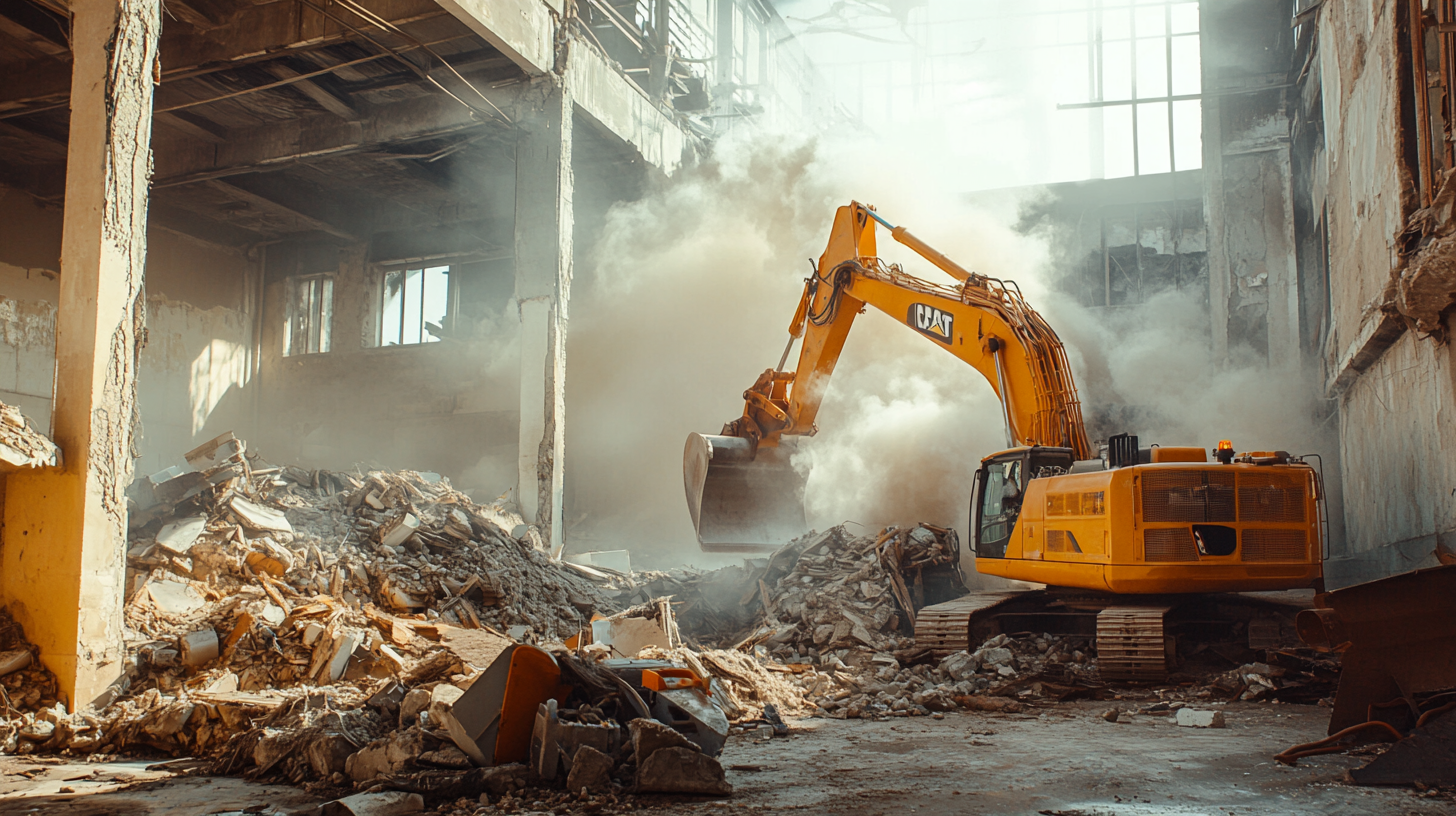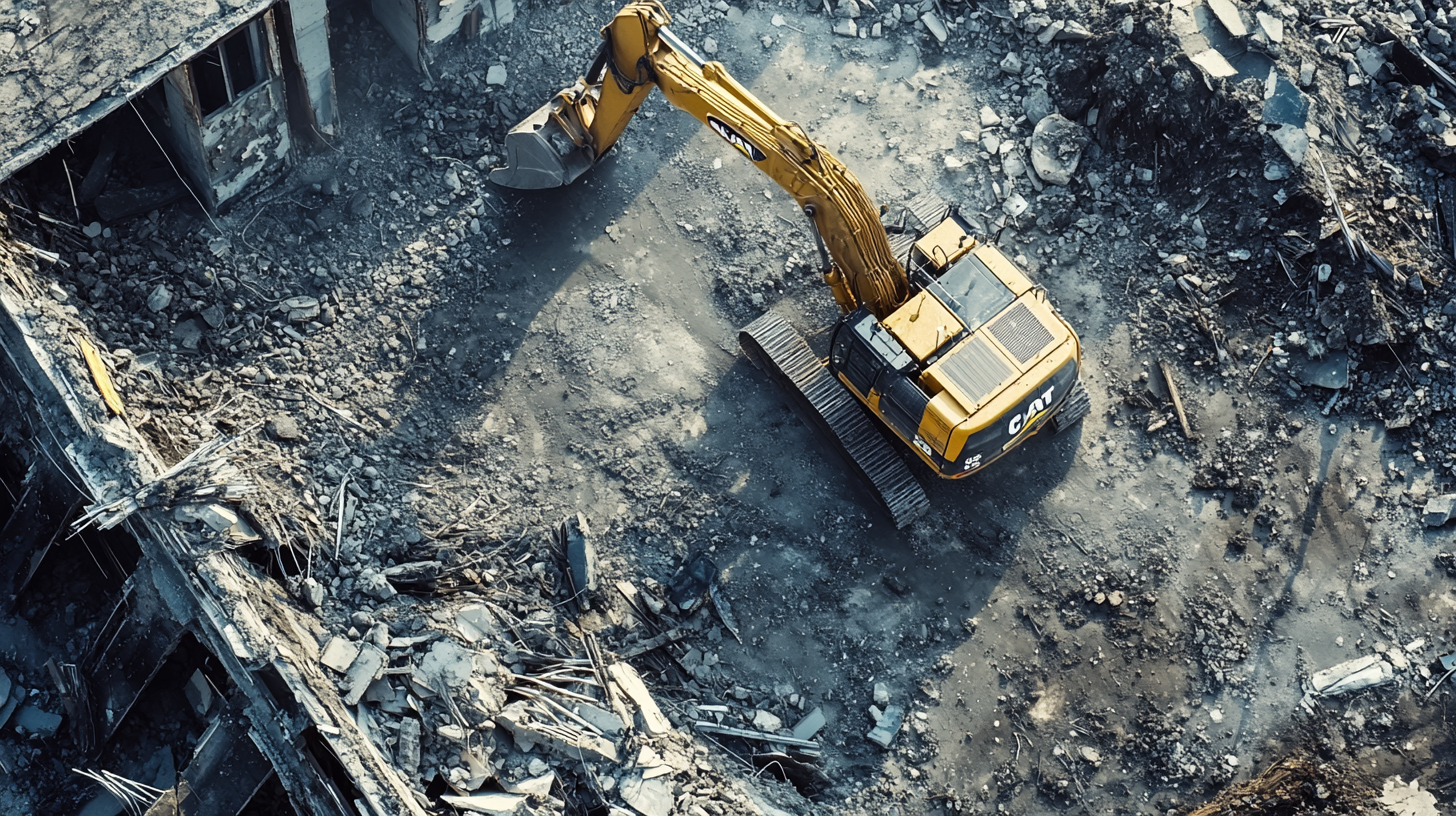
Moisture is an often overlooked but significant threat to the longevity and structural integrity of sheds and workshops. When moisture infiltrates these structures, it can lead to a cascade of problems that, if left unchecked, may cause severe damage. The presence of moisture can weaken the very foundations of your shed or workshop, leading to material degradation, wood rot, rusting of metal components, and the growth of mold and mildew.
These issues not only compromise the structural soundness of the building but also create an unhealthy environment for storing tools, equipment, and other valuables. Over time, the accumulated damage from moisture can result in costly repairs or even necessitate the replacement of the entire structure. In this blog, we will explore how moisture affects different materials used in sheds and workshops, the warning signs of moisture damage, and practical steps you can take to protect your investment from this insidious threat.
Understanding Moisture Barriers
What is a Moisture Barrier?
A moisture barrier is a protective layer designed to prevent the infiltration of water and moisture into buildings and structures. It serves as a crucial defense mechanism, safeguarding the structural integrity and contents of sheds and workshops. Moisture barriers can take various forms, each with a specific function depending on the type of material used and the specific needs of the structure.
The most common types of moisture barriers include vapor barriers and waterproof membranes. A vapor barrier is typically a material like plastic or foil that is installed to prevent moisture from passing through walls, floors, and ceilings. It is particularly effective in controlling moisture vapor, which can condense and cause damage if it penetrates into insulation or wooden components of the structure. On the other hand, waterproof membranes are designed to be impermeable layers that block all forms of moisture, often used in areas prone to direct water contact or heavy precipitation. These membranes can be applied as sheets, liquids, or sprays, depending on the construction requirements.
Why Moisture Barriers Are Essential for Outdoor Sheds and Workshops
Moisture barriers play a vital role in maintaining the health and longevity of outdoor sheds and workshops. By preventing moisture from seeping into the structure, these barriers are the first line of defense against wood rot, mold, and mildew—common problems that can severely weaken the structural components of your shed or workshop. Wood, being a porous material, is particularly susceptible to moisture damage, leading to decay that can compromise the building’s stability over time.
In addition to protecting the structure itself, moisture barriers are essential for safeguarding tools, equipment, and stored items from moisture damage. Without proper moisture control, valuable items can rust, corrode, or become unusable, leading to costly replacements. For those who use their sheds or workshops for hobbies, storage, or professional work, this protection is invaluable in maintaining the functionality and longevity of their tools and equipment.
Furthermore, moisture barriers significantly enhance the longevity and durability of outdoor structures by creating a controlled environment that resists the natural wear and tear caused by exposure to the elements. By effectively managing moisture, these barriers ensure that your shed or workshop remains a reliable and durable space for years to come, preserving both its aesthetic and functional value.
Types of Moisture Barriers for Outdoor Structures
Vapor Barriers
Vapor barriers are a type of moisture barrier designed to prevent moisture vapor from passing through walls, floors, and ceilings, which can be particularly damaging to the structural integrity of outdoor sheds and workshops. These barriers are typically made from materials like polyethylene plastic or foil-backed drywall. Polyethylene plastic is a common choice due to its durability and effectiveness in blocking vapor, while foil-backed drywall offers an additional layer of protection by reflecting heat and reducing the potential for condensation.
Best Applications: Vapor barriers are most effective in climates where humidity levels are high or in areas prone to temperature fluctuations that cause condensation. They are ideal for use in walls, floors, and ceilings of outdoor structures where moisture control is critical to preventing the growth of mold and mildew, as well as to maintaining the integrity of wooden components.
Limitations: While vapor barriers are excellent at preventing moisture vapor from entering, they do not stop liquid water from penetrating the structure. Therefore, they are best used in combination with other moisture management systems, especially in areas exposed to direct water contact or heavy rain.
Waterproof Membranes
Waterproof membranes are another essential type of moisture barrier designed to create an impermeable seal against all forms of moisture, including liquid water. These membranes work by forming a continuous layer that completely blocks water from passing through, making them ideal for areas that are directly exposed to the elements.
Common Materials: Waterproof membranes can be made from a variety of materials, with EPDM rubber and liquid-applied membranes being among the most popular. EPDM rubber is known for its flexibility and durability, making it a great choice for roofing applications and other areas requiring a strong, weather-resistant barrier. Liquid-applied membranes, on the other hand, are versatile and can be applied to irregular surfaces, creating a seamless barrier that conforms to the shape of the underlying structure.
Benefits and Ideal Usage Scenarios: The primary benefit of waterproof membranes is their ability to provide robust protection against water intrusion. They are ideal for use on roofs, foundations, and any part of an outdoor structure that is frequently exposed to water. The seamless nature of liquid-applied membranes also makes them particularly effective in preventing leaks in complex or detailed construction areas.
Tar Paper and Roofing Felt
Tar paper and roofing felt are traditional moisture barriers that have been used for decades in the construction of outdoor structures. These materials are made from heavy paper or felt that is saturated with asphalt or tar to create a water-resistant barrier.
Overview and Effectiveness: Tar paper and roofing felt are highly effective in providing a basic level of moisture protection, particularly in roofing applications. They are typically used as an underlayment beneath shingles or other roofing materials to provide an extra layer of defense against water penetration.
Common Use Cases: These materials are commonly used in the construction of sheds, workshops, and other outdoor structures where a cost-effective moisture barrier is needed. While they may not offer the same level of protection as modern waterproof membranes, tar paper and roofing felt remain popular due to their affordability and ease of installation.
How to Choose the Right Moisture Barrier for Your Shed or Workshop
Assessing the Climate
When selecting a moisture barrier for your shed or workshop, one of the most critical factors to consider is the local climate. The effectiveness of a moisture barrier can vary significantly depending on the environmental conditions in your area. Humidity levels, rainfall patterns, and temperature fluctuations all play a crucial role in determining which type of moisture barrier will best protect your structure.
In regions with high humidity or frequent rainfall, it’s essential to choose a moisture barrier that offers robust protection against both moisture vapor and liquid water. For example, waterproof membranes are ideal in areas where heavy rains are common, as they provide a complete seal against water intrusion. In contrast, if you live in a drier climate, a vapor barrier might be sufficient to manage the occasional moisture that can cause issues in a more arid environment. Understanding your local weather conditions and how they impact the materials used in your shed or workshop will help you make an informed decision.
Considering the Structure Material
The material of your shed or workshop is another crucial consideration when choosing a moisture barrier. Different materials interact with moisture in various ways, and selecting a barrier that is compatible with your structure’s material can enhance the overall protection.
For wooden structures, which are particularly vulnerable to rot and mold, it’s important to choose a moisture barrier that prevents water from penetrating the wood. Vapor barriers can help in controlling moisture vapor, but in areas with high exposure to water, a waterproof membrane might be necessary to prevent the wood from absorbing moisture and deteriorating over time.
Metal sheds, on the other hand, are prone to condensation, which can lead to rust and corrosion. In this case, a vapor barrier is crucial to reduce the amount of moisture that comes into contact with the metal surfaces. Additionally, ensuring proper ventilation can help minimize condensation and prolong the life of the metal.
When selecting a moisture barrier, consider the specific vulnerabilities of your shed’s material and choose a product that addresses those needs effectively.
Budget Considerations
While it’s important to choose a moisture barrier that offers the necessary protection, budget is often a key factor in the decision-making process. Fortunately, there are a range of options available that cater to different budget levels, allowing you to balance cost and quality.
For those looking for cost-effective solutions, traditional materials like tar paper and roofing felt offer basic moisture protection at a lower cost. These materials are widely available and can be a good option for smaller sheds or in areas with moderate moisture exposure.
However, if your shed or workshop is located in a high-risk area for moisture damage, it may be worth investing in higher-quality moisture barriers such as EPDM rubber membranes or liquid-applied waterproofing solutions. While these options may come with a higher upfront cost, their durability and effectiveness in preventing moisture-related damage can save you money in the long run by reducing maintenance and repair costs.
When deciding on a moisture barrier, consider not just the initial expense but also the potential savings in future repairs and the extended lifespan of your shed or workshop.
Step-by-Step Guide to Installing a Moisture Barrier
Preparing the Shed or Workshop
Gather Necessary Tools and Materials
Before you begin the installation process, it's essential to gather all the tools and materials you will need. Having everything ready will make the process smoother and help ensure a proper installation. Here’s what you’ll need:
Tools:
- Utility knife
- Staple gun
- Adhesive or sealant gun
- Measuring tape
- Scissors
- Straight edge or ruler
Materials:
- Chosen moisture barrier (e.g., vapor barrier, waterproof membrane)
- Construction adhesive or appropriate sealant
- Staples or nails, depending on the structure material
- Sealant tape for seams and edges
- Protective gloves and safety glasses (optional but recommended)
Inspecting the Structure
Before installing your moisture barrier, it’s crucial to inspect the shed or workshop for any existing moisture damage. Follow these steps:
- Check for Signs of Moisture Damage: Look for areas with visible mold, mildew, rot, or rust. Pay special attention to corners, joints, and areas near the ground where moisture is most likely to accumulate.
- Assess the Damage: Determine the extent of any damage found. Minor issues like surface mold can often be cleaned, but more significant problems, such as wood rot or rusted metal, may require repairs or replacements.
- Repair Before Installation: It’s essential to repair any damage before proceeding with the installation. Applying a moisture barrier over damaged areas can trap moisture inside, exacerbating the problem. Ensure all repairs are completed and the structure is dry before you move forward.
Installing the Moisture Barrier
Measuring and Cutting the Barrier
Accurate measurement and cutting of the moisture barrier are critical to ensuring full coverage and effectiveness. Follow these steps:
- Measure the Dimensions: Use a measuring tape to determine the height and width of the walls, floors, and any other areas where the barrier will be installed. Make sure to account for any windows, doors, or other openings.
- Cut the Barrier to Size: Lay the moisture barrier material flat on a clean surface. Using your measurements, mark the dimensions on the barrier with a straight edge or ruler. Cut along the lines with a utility knife or scissors, ensuring clean, straight edges to avoid gaps during installation.
Attaching the Barrier
Properly securing the moisture barrier to your shed or workshop is essential for its effectiveness. Here’s how to do it:
- Position the Barrier: Start by placing the moisture barrier against the structure’s surface. Ensure it’s aligned correctly and covers the area completely.
- Secure the Barrier: Use a staple gun, adhesive, or nails to attach the barrier to the structure. Begin at one corner and work your way around, making sure the barrier is smooth and tight. Use staples or nails for wood structures, and construction adhesive for metal or other non-porous materials.
- Avoid Wrinkles: As you secure the barrier, keep it taut to avoid wrinkles or gaps, which can allow moisture to seep in.
Sealing Seams and Edges
Sealing all seams and edges is a critical step to prevent moisture ingress and ensure the longevity of your barrier. Here’s how:
- Seal the Seams: After attaching the barrier, use sealant tape or an appropriate adhesive to seal all seams between sheets of the barrier. This is especially important where two pieces of the barrier meet.
- Secure the Edges: Apply sealant around the edges where the barrier meets the floor, ceiling, or other boundaries. This creates a continuous barrier against moisture.
- Double-Check for Gaps: Inspect the sealed areas to ensure there are no gaps or loose edges that could compromise the barrier’s effectiveness.
Final Steps
Inspecting the Installation
Once the barrier is in place, it’s important to conduct a thorough inspection to ensure everything is secure:
- Check for Gaps: Walk around the entire structure and examine the barrier for any gaps, loose areas, or wrinkles. Pay close attention to corners and joints, where issues are most likely to occur.
- Ensure Proper Attachment: Verify that the barrier is securely attached to all surfaces, with no loose staples, nails, or adhesive. If necessary, reinforce any areas that appear weak or prone to coming loose.
Maintaining the Moisture Barrier
Regular maintenance is key to ensuring your moisture barrier continues to protect your shed or workshop effectively:
- Periodic Inspections: Schedule regular inspections, especially after heavy rain or extreme weather. Look for signs of wear, such as tears, loose seals, or moisture buildup behind the barrier.
- Repair as Needed: If you notice any damage, make repairs promptly to prevent further issues. Small tears can be patched with sealant tape, while more significant damage may require replacing a section of the barrier.
- Replace When Necessary: Over time, even the best moisture barriers may degrade. If your barrier shows significant signs of wear or if moisture problems persist, it may be time to replace it to ensure continued protection.
Common Mistakes to Avoid During Installation
When installing a moisture barrier for your shed or workshop, it’s crucial to follow best practices to ensure the barrier provides effective and long-lasting protection. However, several common mistakes can undermine your efforts and leave your structure vulnerable to moisture damage. Here are some key mistakes to avoid:
Skipping the Inspection of the Existing Structure
One of the most critical steps in the installation process is inspecting the existing structure for any signs of moisture damage before installing the barrier. Skipping this step can lead to severe consequences:
- Undetected Damage: Moisture-related issues like wood rot, mold, mildew, or rust can weaken the structural integrity of your shed or workshop. If these issues are not addressed before installation, the damage can worsen over time, eventually compromising the entire structure.
- Trapped Moisture: Installing a moisture barrier over an already compromised area can trap moisture inside, accelerating the deterioration process and leading to more extensive repairs in the future.
Always take the time to thoroughly inspect your shed or workshop and repair any damage before proceeding with the installation of a moisture barrier.
Using Incompatible Materials for Your Shed or Workshop Type
Choosing the right moisture barrier is not a one-size-fits-all solution. Using incompatible materials for your specific shed or workshop type can reduce the effectiveness of the barrier:
- Wood Structures: Wood is particularly susceptible to moisture damage. For wooden sheds, selecting a moisture barrier that can effectively prevent water absorption is essential. Incompatible materials may fail to protect the wood, leading to rot and decay.
- Metal Structures: Metal sheds are prone to condensation, which can cause rust and corrosion. Using a barrier designed for other materials may not address these specific challenges, resulting in inadequate protection.
Ensure that the moisture barrier you choose is compatible with the materials used in your shed or workshop. This compatibility will enhance the barrier’s performance and protect your structure from moisture-related issues.
Failing to Seal Seams and Edges Properly
Properly sealing all seams and edges of your moisture barrier is critical to its effectiveness. Failing to do so is a common mistake that can lead to significant problems:
- Moisture Ingress: Unsealed seams and edges provide entry points for moisture, defeating the purpose of the barrier. Even small gaps can allow water to penetrate, leading to damage over time.
- Reduced Barrier Efficiency: The overall efficiency of the moisture barrier relies on it forming a continuous, uninterrupted layer of protection. Poorly sealed seams and edges compromise this continuity, reducing the barrier’s ability to prevent moisture infiltration.
To avoid these issues, take the time to carefully seal all seams and edges using appropriate sealant or tape. This step ensures that your moisture barrier functions as intended, providing full protection for your shed or workshop.
Not Considering Climate When Choosing a Barrier
Another critical mistake is failing to consider the local climate when selecting a moisture barrier. The effectiveness of the barrier can vary significantly depending on environmental conditions:
- High Humidity and Rainfall: In areas with high humidity or frequent rainfall, choosing a barrier that offers robust protection against both moisture vapor and liquid water is essential. Selecting a barrier that doesn’t address these conditions can result in insufficient protection.
- Dry Climates: Conversely, in drier climates, a vapor barrier might be sufficient, while a waterproof membrane could be overkill and unnecessarily expensive.
Always consider the specific climate conditions in your area when choosing a moisture barrier. This consideration will help you select a barrier that meets your needs and provides optimal protection for your shed or workshop.
FAQs
Contact Bull City Crawlspace Today!
Bull City Crawlspace will do everything we can to ensure your experience with us is excellent.
Request A FREE Estimate
Request a Free Estimate Form
Checkout Recent Post




Got a Question? We’re Here to Help.
You can arrange an appointment or make an enquiry by phone or email, orget in touch to us via our contact form.

